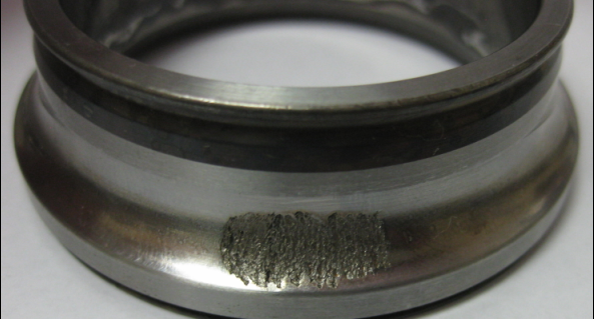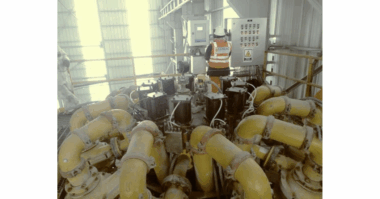Author: Bob Latino CEO at Reliability Center, Inc.
Author’s Note: I want to reiterate that this Series about reading the basic fracture surfaces, is for novices who often come into contact with such failed components. This Series is about the basics (101), and is intended to give readers an appreciation for the value of such ‘broken’ parts to an effective investigation / Root Cause Analysis. While this information will be rudimentary to seasoned materials engineers, I know they will all appreciate heightening awareness to the need to retain such failed parts for analysis, versus throwing them away and just replacing the part. Throwing away failed parts is a recipe for a repeat failure, when one does not understand why the part failed in the first place.
In Part I of this series, we focused on Erosion and Corrosion as the the first two (2) basic root causes of component failure. When Erosion and Corrosion are apparent, there is generally a loss of metal in some form or fashion.
In this follow-up, we will focus on Fatigue and Overload, where generally the material is overpowered. Because these are such important topics by themselves, in my continuing interest to provide such information in digestible chunks, I will break Fatigue and Overload up into two separate blogs (Part III will focus on Overload by itself).
Let’s focus on Fatigue, since fatigue is the most common fracture pattern in about 90% of the cases.
Component Fatigue
- Fatigue occurs when a material is subjected to repeated loading and unloading.
- When the loads are above a certain threshold, microscopic cracks will begin to form at a material’s surface.
- Cracks always begin in high stressed areas of a material.
- Eventually a crack will reach a critical size, and the structure will suddenly fracture.
This graphic (Figure 1) demonstrates a classic case of fatigue.
Figure 1- Classic Fatigue Pattern
Repeated cyclical loading will surface in a variety of forms. Here are a few such applications in Figure 2:
Figure 2 – Cyclical Loading Applications Resulting in Fatigue
Characteristics of Fatigue. Fatigue failures will contain one or more of the following characteristics:
- Always have an origin(s)
- Progression marks may be visually present (depends on load variations)
- Will have a Final Fracture Zone or FFZ (the larger the FFZ the higher the load)
- Ratchet marks may be present (representing high stress concentrations [SC])
- Spalls (Hertzian Fatigue) may be present (mainly in bearings)
Now let’s look at some examples from various environments:
Figure 3 – Hertzian Fatigue on a Roller Bearing
Figure 4 – Spalling on Gear Teeth
Figure 5 – Fastener Fatigue Example
Let’s take a quick look at where stress concentrations are most prominent on various components.
Figure 6 – Stress Concentrations (SC) Types
Figure 7 – Common Means of Reducing Stress Concentrations (via proper welding techniques)
While we showed this fracture surface before, in NAME THAT FAILURE (3), it again becomes relevant here.
Figure 8 – Classic Fatigue Fracture Pattern on Shaft
This will wrap up our Fatigue 101 discussion and I will leave you with a teaser for Part III-Overload, what type of overload pattern do you think this is?
As always, if you interested in learning more about these basics please visit www.reliability.com, or simply click on the links below for workshops that specialize in preserving and analyzing such evidence.
Learn more about Why Parts Fail.





